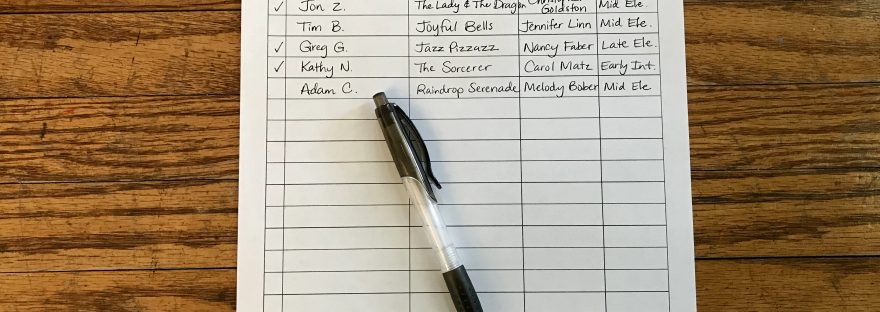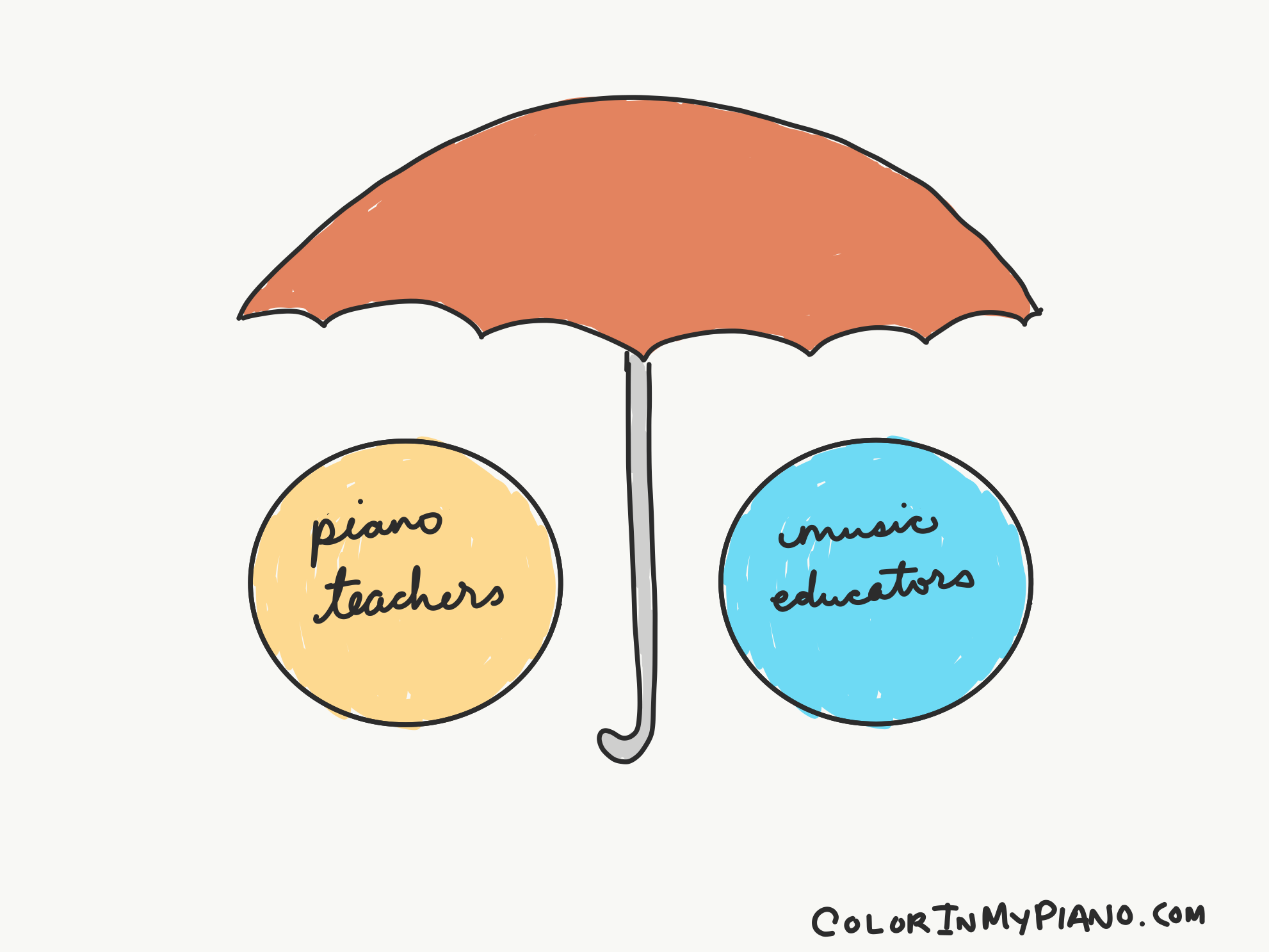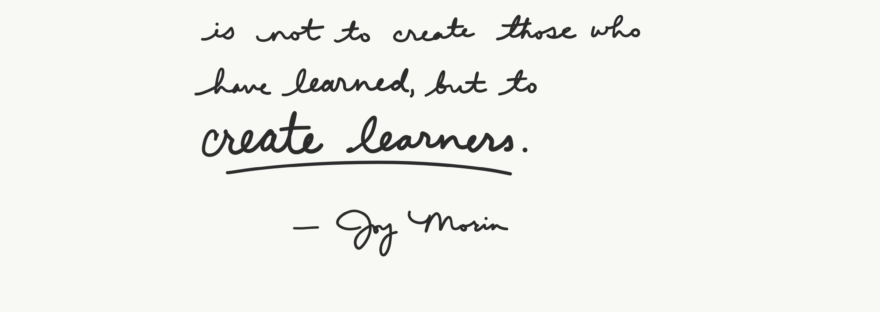At the time of this publishing, the world is in the midst of the COVID-19 pandemic. Here in the U.S., the CDC (Centers for Disease Control and Prevention) is recommending no gatherings of 50 people or more for the next eight weeks, so most events are being canceled. Many of us (depending on which state you live) are experiencing canceled school classes, university classes, and work. The local grocery stores keep running out of basic staples, because everyone is stocking up. The pandemic’s effect is deep and wide, and our response is important. The recommendations call for us to regularly wash our hands and practice “social distancing” to avoid possible spread or exposure to the virus. The goal is to slow the spread of the outbreak (i.e., “flatten the curve“) to avoid overwhelming the medical facilities in this country for the sake of those of us who will require medical care when the virus is contracted. This is a time for us to pull together and be community-minded.
What does this mean for our piano teaching? For me, as it so happens, I’ve been on maternity leave from teaching for the past six weeks. My student base is currently comprised of a handful (due to having recently relocated here) of students in Ann Arbor, Michigan and a day’s worth of students back in Northwest Ohio — an hour’s drive commute to the studio where I rent a room. I had planned to resume lessons soon, but due to the pandemic situation I’ve put all in-person lessons on hold.
Instead, I’ve reached out to my students and suggested that we continue lessons via FaceTime/Skype/Zoom. School may be canceled, but there’s no reason piano can’t continue! Perhaps for us and our students, continuing piano practice and lessons with us all feel a small bit of stability and normalcy during these intense times. And certainly, for many piano teachers there is a natural concern about finding a way to maintain a level of income during these difficult times.
And so, many of us are moving our piano lessons online. In this blog post, I’d like to share some tips and advice for doing so — things I’ve learned from experience teaching online lessons occasionally over the past few years.



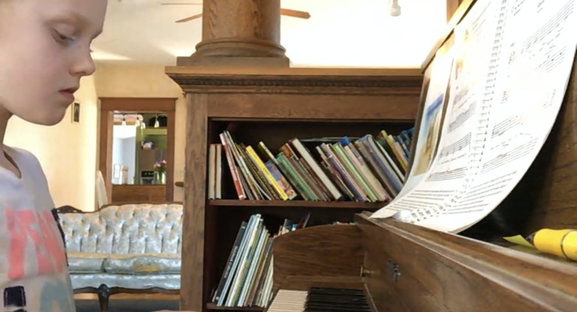
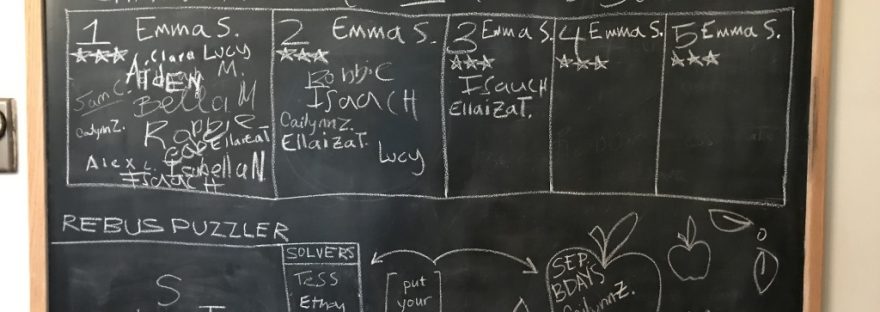



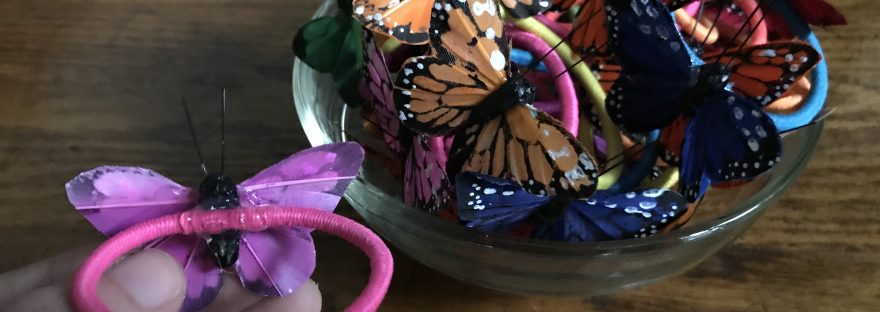


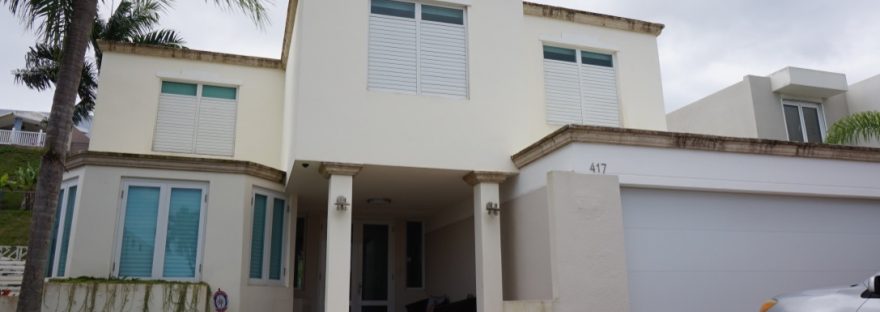


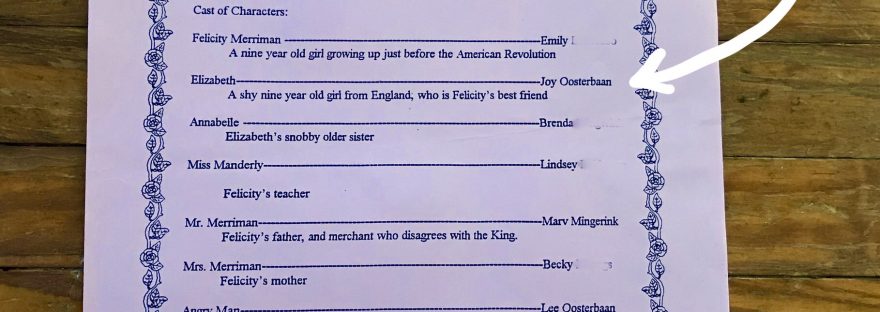




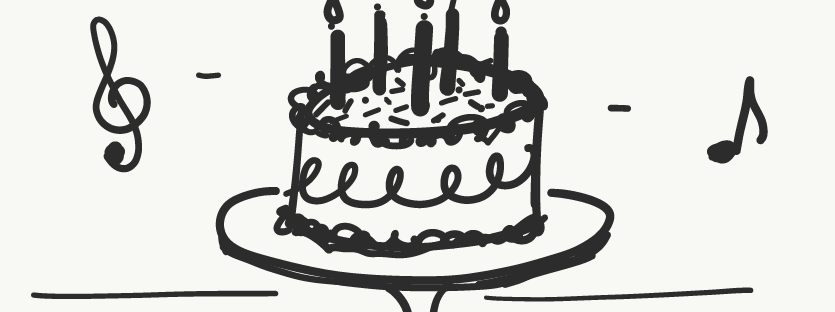
 For piano teachers, it’s that time of year: recital season! We are in the process of coaching our students to polish and perfect their recital selections.
For piano teachers, it’s that time of year: recital season! We are in the process of coaching our students to polish and perfect their recital selections.